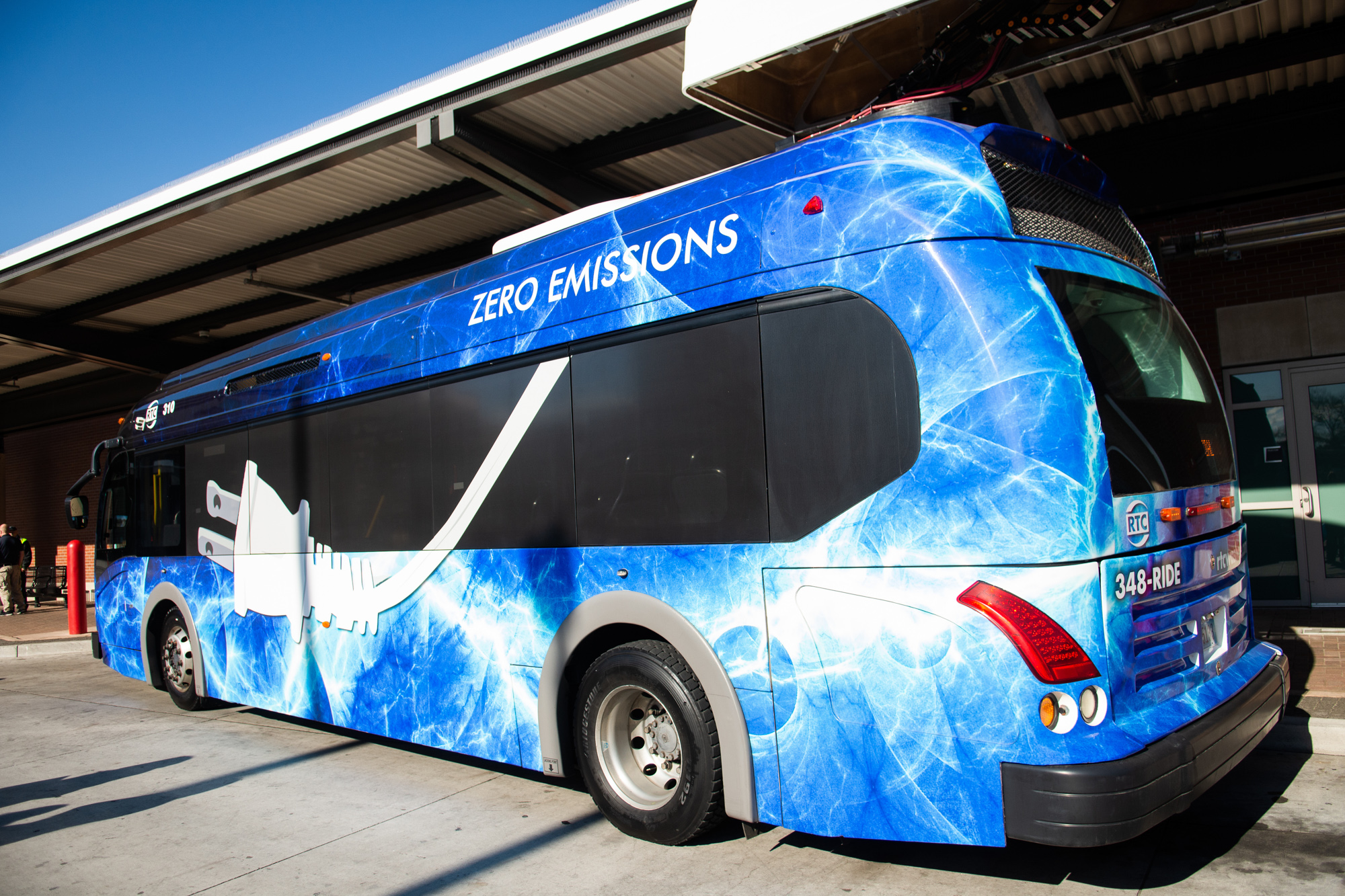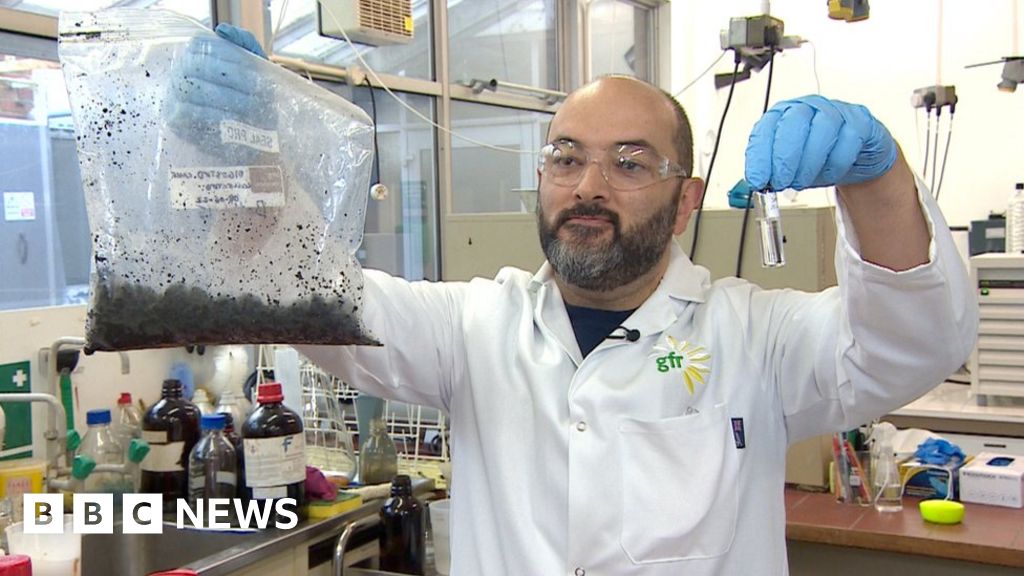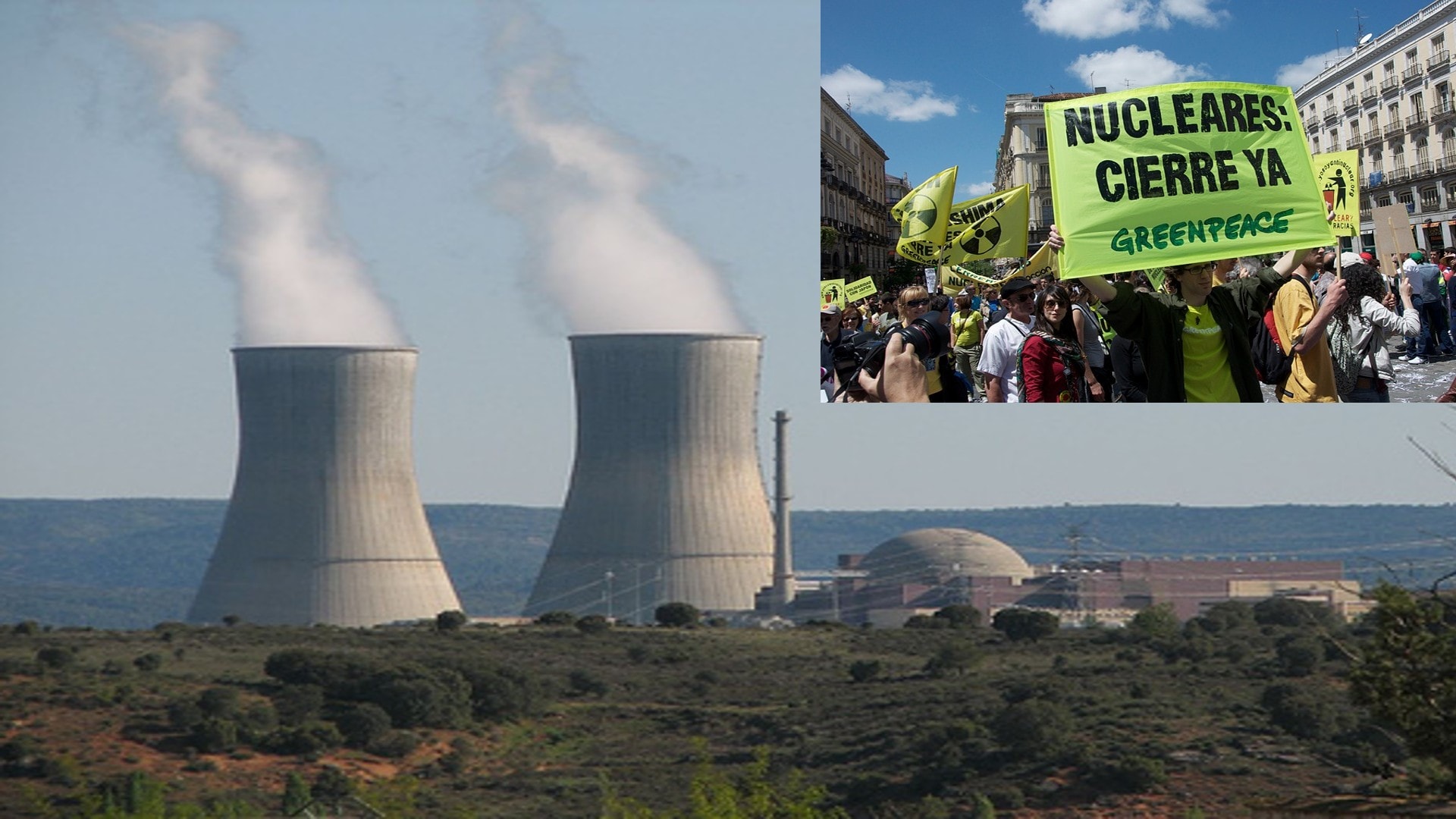mspohr
Well-Known Member

Ryanair’s Michael O’Leary: ‘There isn’t enough cooking oil in the world to power one day of green aviation’
The explosive airline boss with a big bonus looming sees the need for climate action – but points out ships and cars are big emitters too











